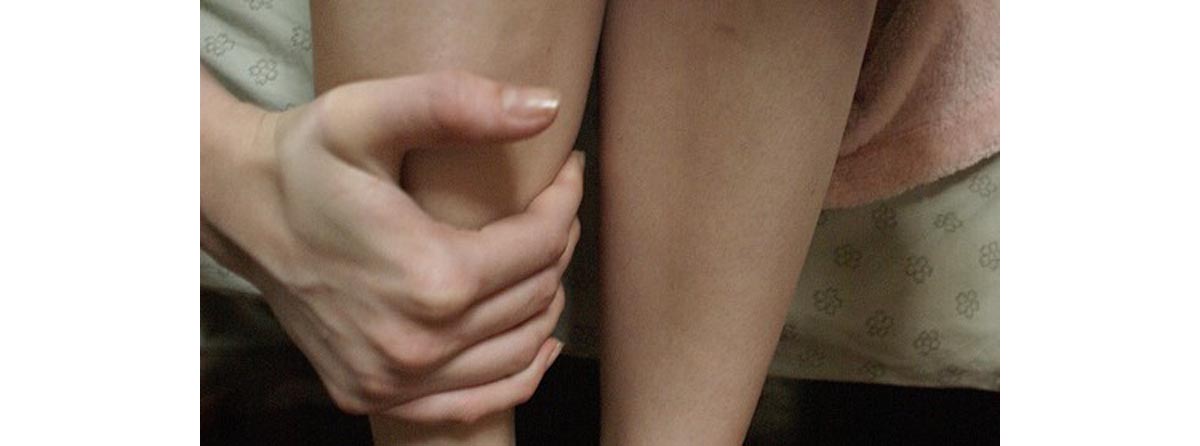Table of Contents
Preventative Measures
While bone thinning is, to a certain extent, inevitable with age as soon as a person reaches their mid-twenties, there are plenty of things individuals can do to safeguard their own bone health.

Bones matter, and taking care of them starts in childhood. A calcium-rich diet, adequate vitamin D levels through supplements, sun and food, and regular physical exercise are all important contributors to bone health.
The preventative measures adults can take are similar. In addition to a nutritious diet, adults should maintain adequate calcium and vitamin D levels. They should also stay away from rapid weight-loss diets and seek help if they suffer from an eating disorder. Smoking and heavy drinking should be avoided, while regular weight-bearing exercises or activities are beneficial.
If you live a healthy, active life and encourage your kids to do the same, you are already doing something proactive for your bone health.
Diagnosis And Treatment
Osteoporosis is generally a "silent" disease until the first fracture occurs, so one thing every person with risk factors for the disease can do is mention it to their doctor. If you have fractures, you should always see your doctor — but even fractures aren't always obvious.
A Bone Mineral Density (BMD) test is extensively used to diagnose osteoporosis, but radiological assessments and Bone Turnover Markers (BTM) are also used.
The many medications on the market to prevent and treat osteoporosis can be placed into two categories — they either prevent bone loss or stimulate bone growth. These medications can be enormously helpful, but they should always be tailored to a patient's individual needs.
It's important that medications aren't used as a stand-alone — lifestyle adaptations are crucial if an osteoporosis patient is to maintain their quality of life and prevent fractures. Mentioning that you should take any medication you're prescribed regularly, as directed, seems insulting. But the International Osteoporosis Foundation places great emphasis on this need, probably for good reason.
People living with osteoporosis or are at risk of becoming osteoporotic should focus on a healthy diet. Did you know that 99 percent of your body's calcium is found in your skeleton?Adequate calcium intake is essential for bone health.
Make sure you eat a healthy and balanced diet that contains enough protein, fruits and vegetables and get checked for nutritional deficiencies regularly.
It might seem counter-intuitive, but physical activity and especially weight-bearing exercise helps maintain strong bones. Short bursts of vigorous exercise are more effective than long but infrequent workouts. Make a lifelong commitment to exercise, and your bones will be grateful. But careful — if you've already been diagnosed, talk to your healthcare provider about your exercise program before you put it into practice!
Falls pose one of the greatest dangers to osteoporosis patients. A full one-third of people over 65 have a fall each year, and falling often results in a hip fracture.
Hip fractures can lead to serious complications in osteoporosis patients, and many never fully recover. Do you have a fall-prevention strategy in place?
Exercise can keep your body strong and flexible and can help you prevent falls, but there are also other things you can do to keep yourself from falling. Remove falling hazards from your home, and keep your glasses clean. People with severely impaired eyesight should be aware that they are at a high risk of falling and take steps to avoid hazards.
Wear comfortable, sensible shoes that keep you steady — but don't neglect to talk to your doctor immediately if you suffer from dizziness or drowsiness. Medications are available to prevent these dangerous symptoms that make falling much more likely. Finally, hip protectors can cushion any fall you do have.
Bone Health For Post-Menopausal Women
Post-menopausal women, who no longer benefit from the protective effect of the female hormone estrogen, are particularly at risk of developing osteoporosis. That's why bone health among post-menopausal women is the theme of this year's World Osteoporosis Day.
Eighty percent of osteoporosis patients in the United States are women, and as many as one in two women over 50 will break a bone because of osteoporosis.
That should illustrate that osteoporosis is a disease that deserves to be taken seriously.
Women can start paying special attention to their bone health as soon as they notice the signs of the perimenopause. This is a time to make a renewed commitment to regular exercise and a healthy diet. Have yourself checked for nutritional deficiencies, especially calcium and vitamin D. Take a supplement that combines these two if your levels are low.
Estrogen therapy (ET) is a popular treatment for women struggling with the unpleasant symptoms of the menopause. ET has risks as well as benefits and not everyone can take it, but it does help prevent bone loss. Talk to your doctor about taking estrogen therapy if you are interested.
- Photo courtesy of MunicipioPinas by Flickr : www.flickr.com/photos/municipiopinas/4639967174/
- Photo courtesy of Elizabeth Ann Colette by Flickr : www.flickr.com/photos/fromcolettewithlove/514765615/

